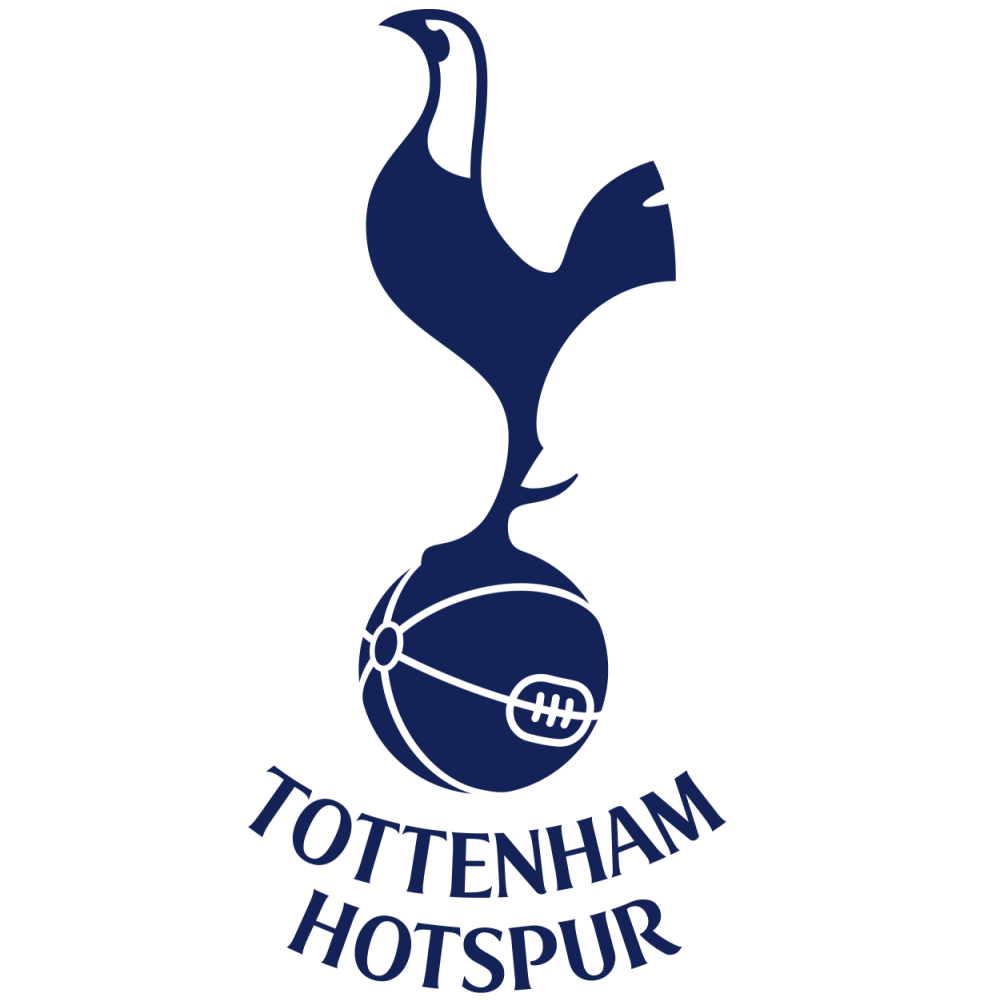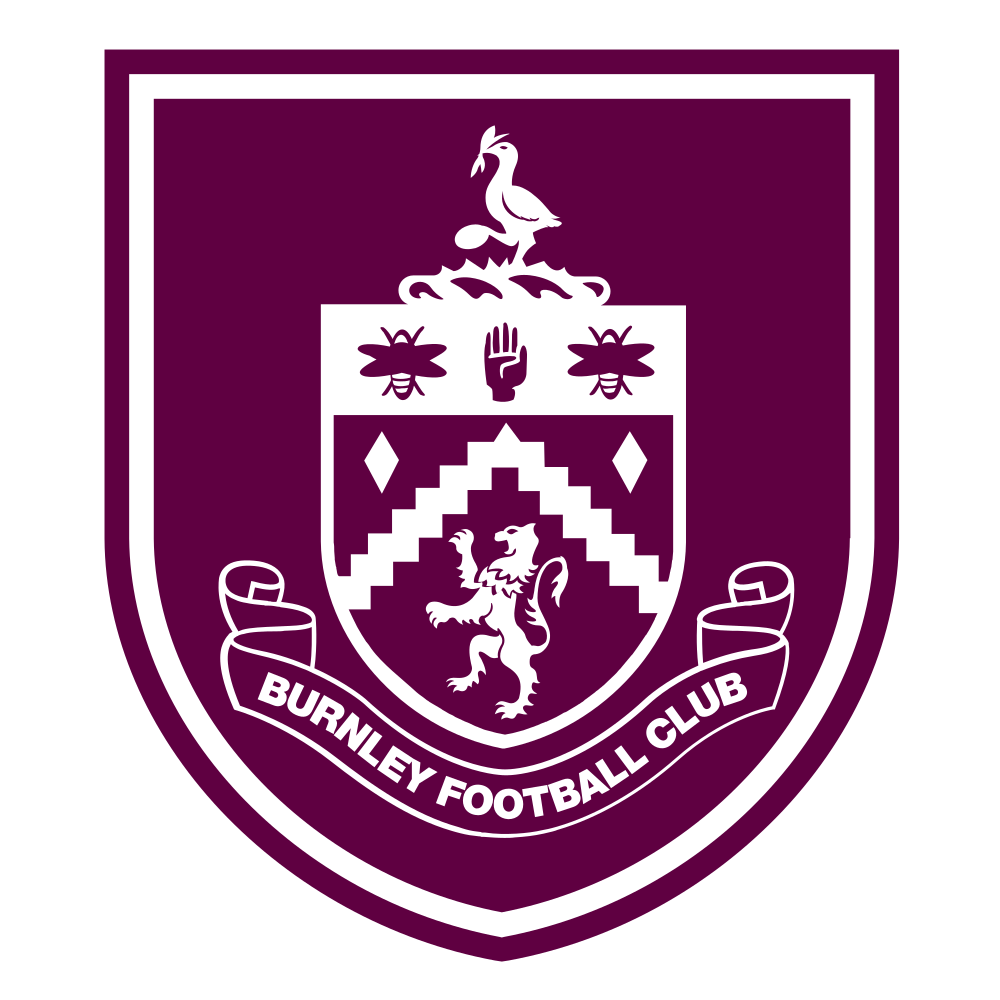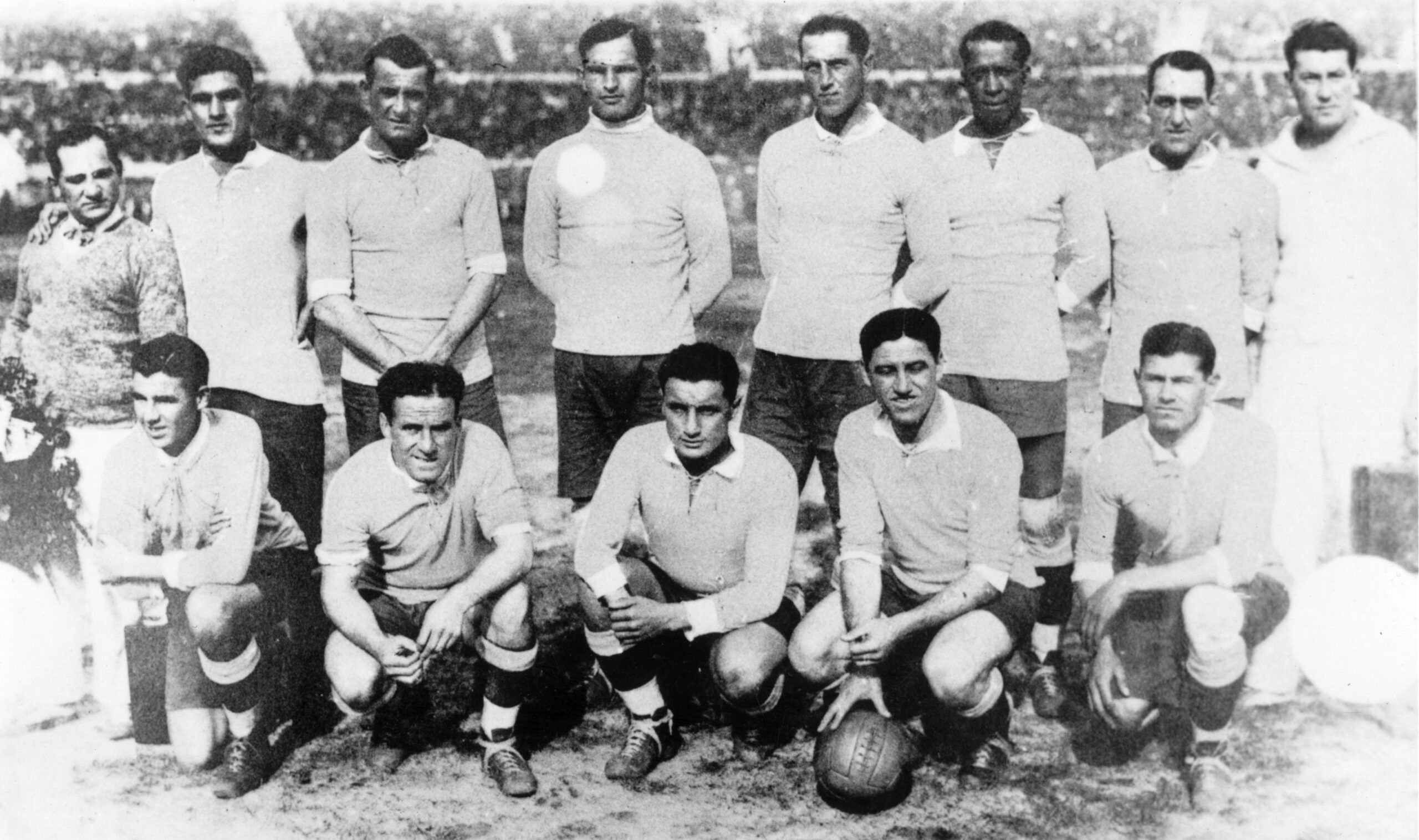Highlights
- Diego Forlan had a tournament to remember at the 2010 World Cup in South Africa, finishing as joint top scorer and winning the tournament's Golden Ball.
- Jose Nasazzi was the first ever World Cup-winning captain and achieved success in three Olympic Games.
- Luis Suarez is a modern day Uruguayan football icon, but he does not take top spot in this list.
Uruguay have an extraordinary football history like no other nation in the world. A small South American country with a population just shy of three and a half million, Uruguay dominated world football in the 1920s, winning almost every possible tournament, accumulating in becoming the first ever FIFA World Cup winners in 1930.
La Celeste were crowned world champions once more twenty years later, beating Brazil at the Maracana in Rio de Janeiro in the 1950 World Cup Final, in what was the highest attended match in World Cup history and one of the biggest upsets in sport. As a result of their unique history, Uruguay have consistently produced some of the world's best players. The following list features some of the stars of their two World Cup triumphs, as well as some more familiar modern greats of the game.
Ranking factors
- Quality as a player
- Achievements with Uruguay
- Importance in wider football history
|
Position |
Name |
Years active |
Uruguay caps |
|---|---|---|---|
|
1 |
Juan Alberto Schiaffino |
1943-1962 |
21 |
|
2 |
Luis Suarez |
2005- |
138 |
|
3 |
Hector Scarone |
1917-1939 |
51 |
|
4 |
Jose Leandro Andrade |
1921-1934 |
34 |
|
5 |
Obdulio Varela |
1936-1955 |
45 |
|
6 |
Jose Nasazzi |
1918-1937 |
41 |
|
7 |
Enzo Francescoli |
1980-1997 |
73 |
|
8 |
Diego Forlan |
1997-2018 |
112 |
|
9 |
Alcides Ghiggia |
1945-1967 |
12 |
|
10 |
Diego Godin |
2003-2023 |
161 |
10 Diego Godin
Career span: 2003-2023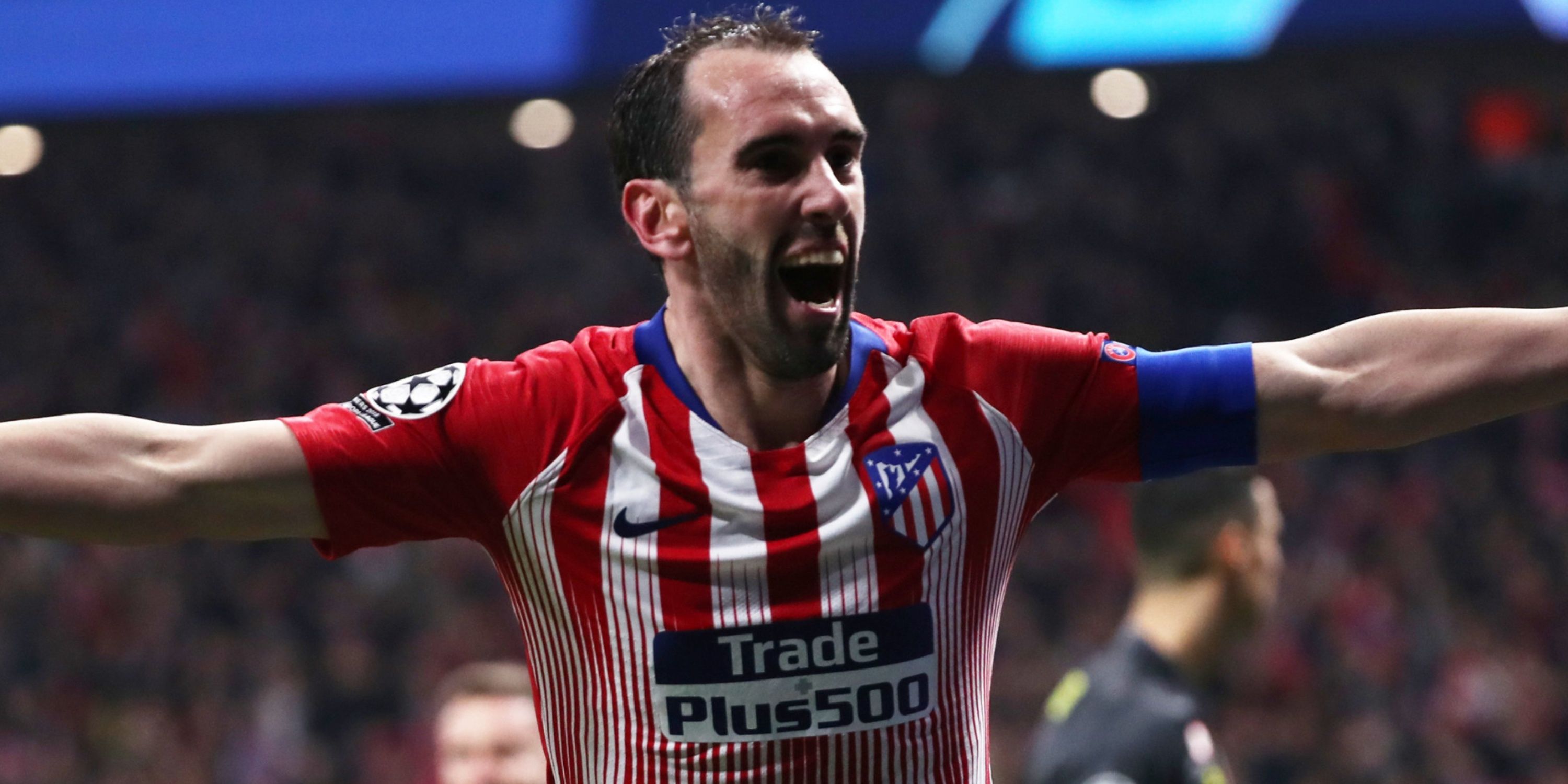
Arguably one of the most underrated defenders of his generation, Diego Godin is beloved, not only of Uruguay supporters, having won the Copa America with his nation in 2011, but with Atletico Madrid fans too, where he enjoyed the peak of his career between 2010 and 2019.
Godin took his first steps in Europe with Villarreal before making the move to the capital. It was there, under fellow South American Diego Simeone, that Godin won one La Liga title, a Copa del Rey and the Europa League on two occasions. His career then took him to Italy, first with Inter Milan and then Cagliari before a return to South America, eventually retiring in 2023.
9 Alcides Ghiggia
Career span: 1945-1967
Uruguay’s last surviving member of their 1950 World Cup-winning team, Alcides Ghiggia passed away on the 16th of July 2015, 65 years on from the crowning moment of his career.
Ghiggia, a diminutive right winger gifted with pace and trickery, provided the final blow in one of greatest upsets in World Cup history, rifling in at the near post what was the winner as Brazil were defeated by unlikely underdogs Uruguay on home soil.
It came to be one of the greatest moments in Uruguay’s sporting history, and one of Brazil’s lowest points, with many Selecao supporters still mourning O Maracanaco (The Great Maracana Disaster) almost 74 years on.
At club level, Ghiggia spent five years with Penarol, winning two Uruguayan Primera Division titles. In Italy, who he later represented at international level, Ghiggia enjoyed eight seasons with Roma, where he is a Hall of Fame member, before joining AC Milan and winning Serie A in 1961/62.
8 Diego Forlan
Career span: 1997-2018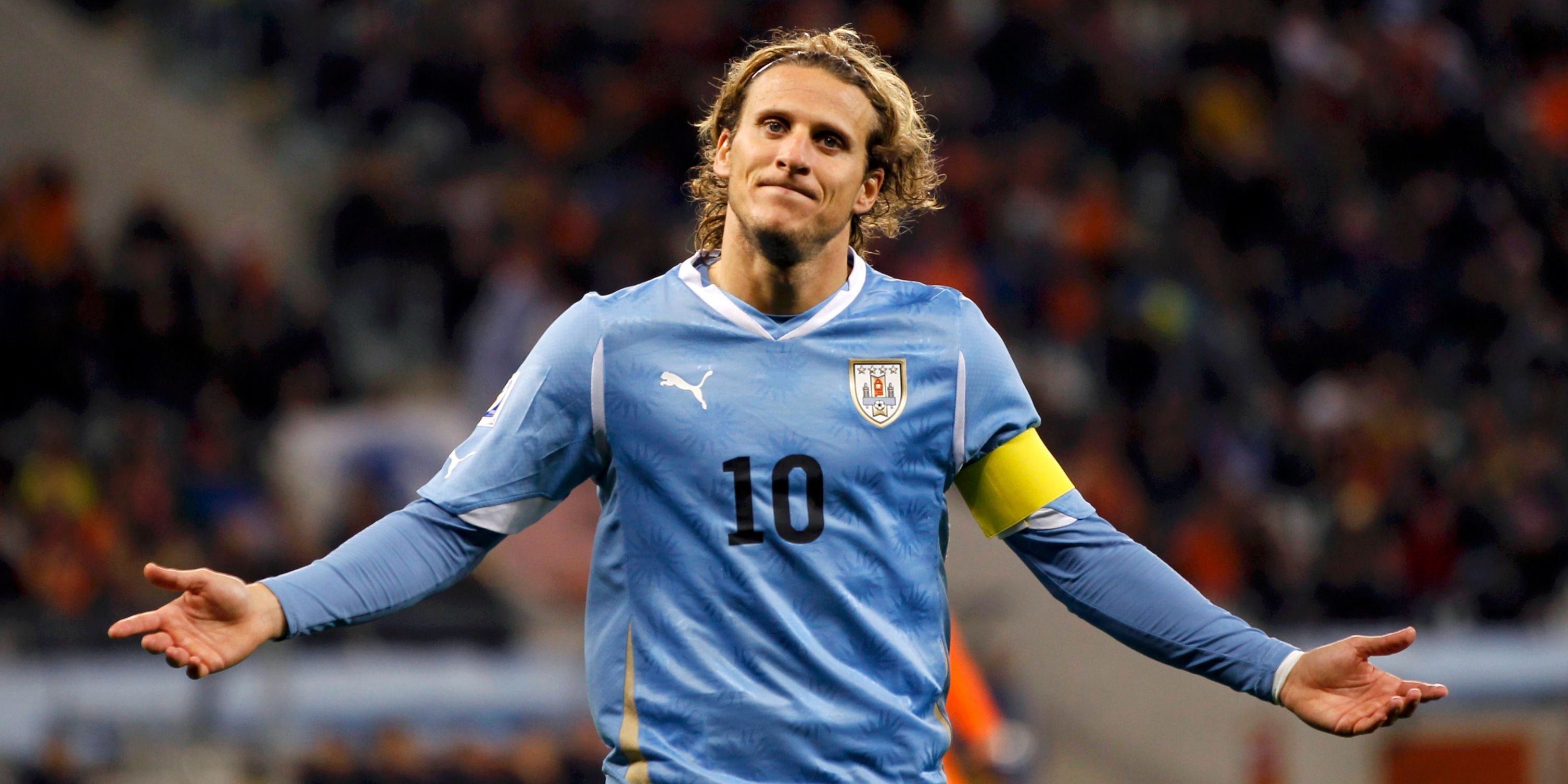
A true icon of Uruguayan football, Diego Forlan’s individual efforts at the 2010 World Cup in South Africa will live long in the memories of supporters.
The blonde-haired number 10 single-handedly led his nation to the semi-finals, where they lost out to the Netherlands. A then 31-year-old Forlan finished as the tournament’s top goalscorer, also winning the Golden Ball for best player and goal of the tournament for his volley from range against Germany in the third-place play-off.
GIVEMESPORT Key Statistic: At the 2010 World Cup, Diego Forlan became the first man since since Lothar Matthaus in 1990 to score three goals from outside the penalty area in one tournament.
Despite notable spells with Manchester United and a season at Inter, it was in Spain with Villarreal and Atletico Madrid that he was most impactful. Forlan won the European Golden Shoe for the most goals scored in Europe’s top divisions on two occasions, first in his debut season at Villarreal in 2004/05 and then again in 2008/09 with Atletico.
7 Enzo Francescoli
Career span: 1980-1997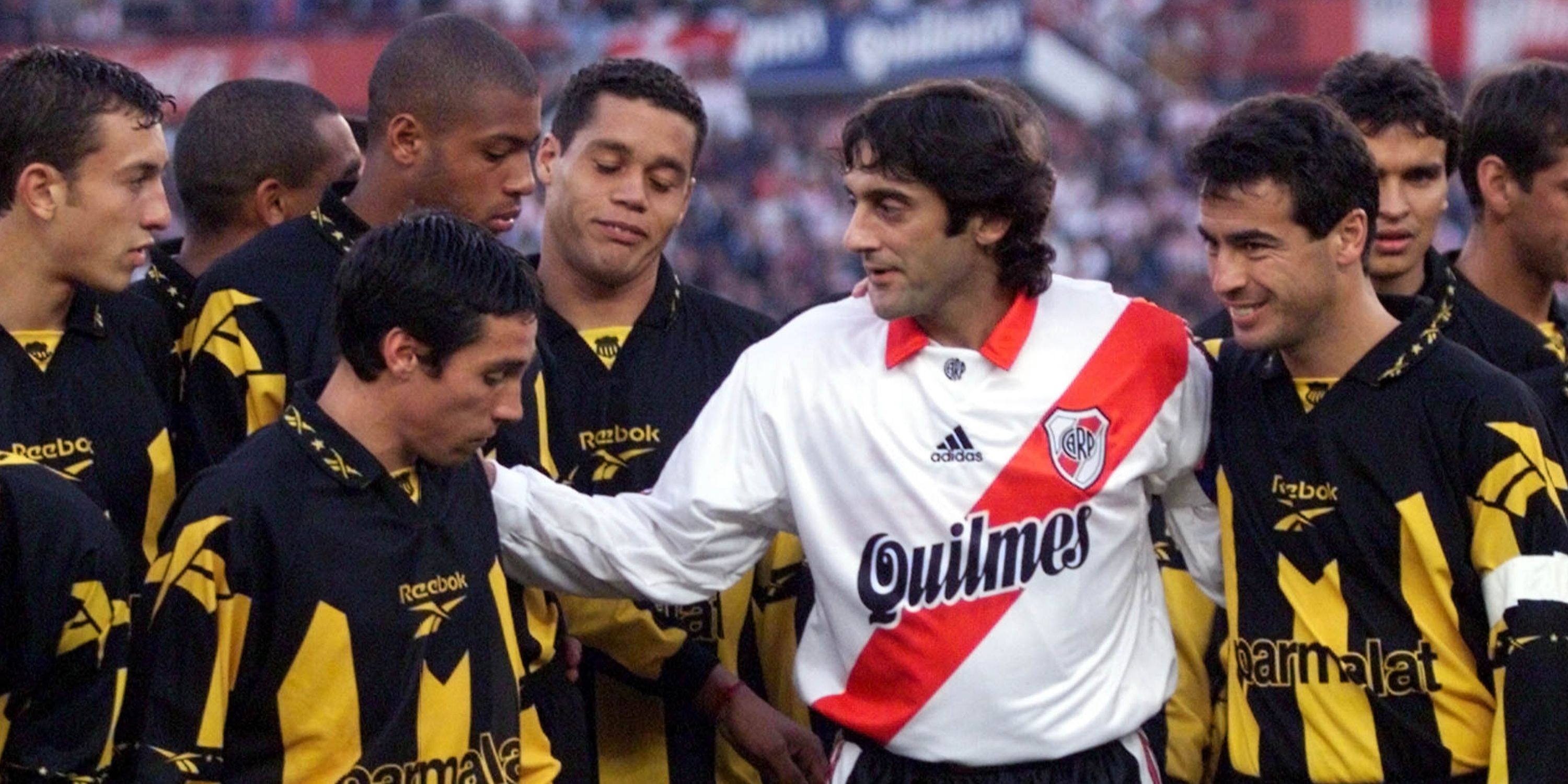
Nicknamed El Principe (The Prince), Enzo Francescoli is regarded as one of the most gifted playmakers of his generation, playing the majority of his career with Argentinian side River Plate. His performances for River Plate saw him named 1984 South American footballer of the Year, after just one full season at the club.
Francescoli, who is of Italian and Basque origin, was central in Uruguay’s Copa America wins in 1983, 1987 and 1995, winning Player of the Tournament at the first and last of those Copa America triumphs. A technical and creative midfielder, Francescoli made 73 appearances for his country, making him, at the time of his retirement, Uruguay’s most capped outfield player.
After three seasons with River Plate, Francescoli moved to France with RC Paris and then Marseille, where he won the French first division in 1989/90, and was named France Foreign Player of the Year. His career then took him to Italy with Cagliari and Torino before a move back to his beloved River Plate.
6 Jose Nasazzi
Career span: 1918-1937
Jose Nasazzi is a name that will forever be written into the history books of football, becoming the first man to ever lift the Jules Rimet Trophy at the inaugural World Cup in 1930. Nicknamed El Gran Mariscal (The Grand Marshal), Nasazzi was named the tournament’s best player as Uruguay brushed aside Yugoslavia in the semi-finals before emerging victorious over neighbouring Argentina in an enthralling final.
The Montevideo-born defender also tasted success in years either side of their World Cup triumph, winning gold at the 1924 and 1928 Olympic Games as well as the South American Championships (now Copa America) on four occasions.
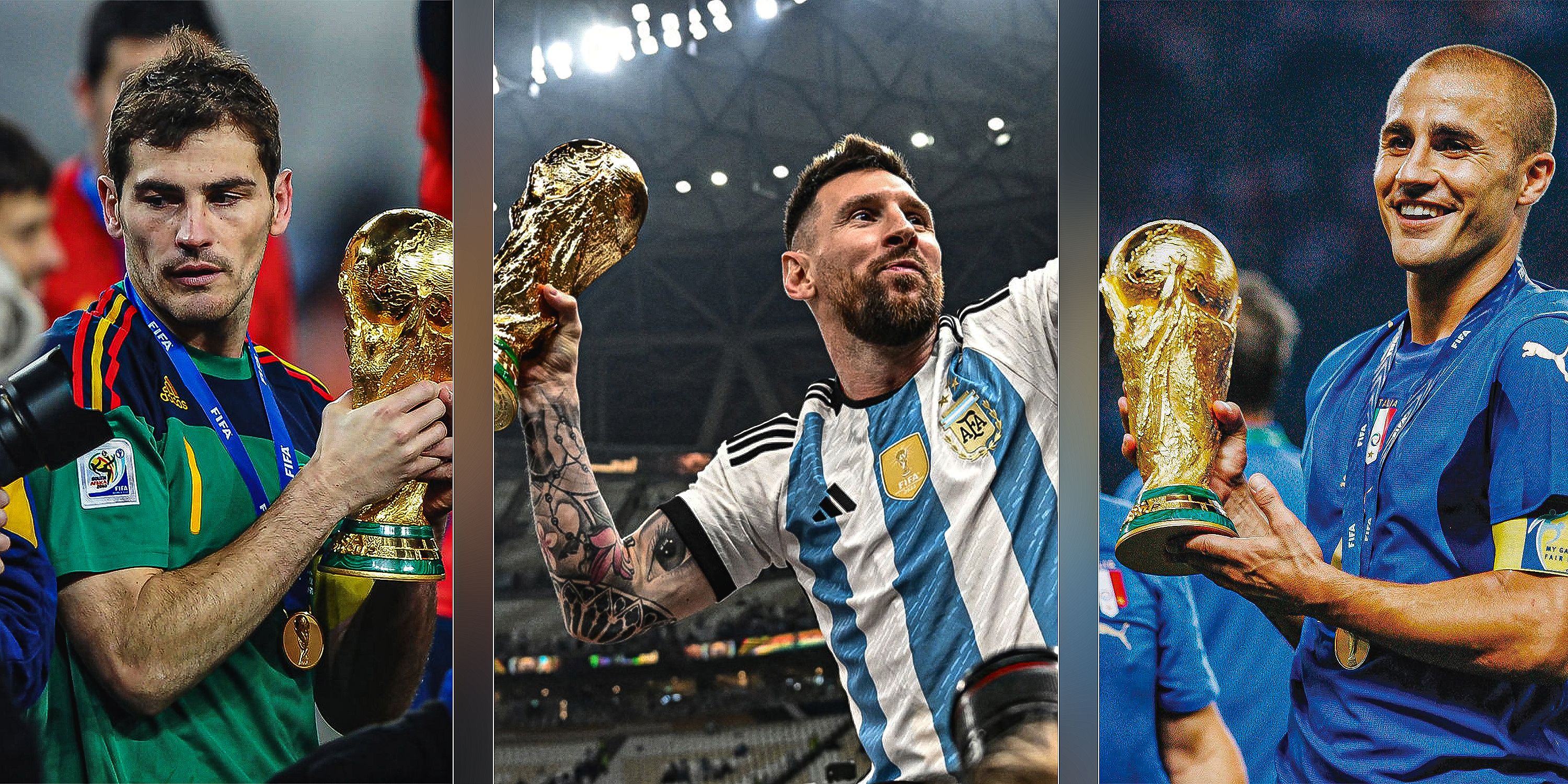
10 greatest World Cup winning captains of all time
GIVEMESPORT ranks the top 10 World Cup-winning captains of all time, including Lionel Messi, Iker Casillas and Fabio Cannavaro.5 Obdulio Varela
Career span: 1936-1955
From one World Cup-winning captain to another, Obdulio Varela is regarded as one of football’s first truly great traditional holding midfielders. He represented Montevideo Wanderers and Penarol at club level, going to manage the latter later in life, but his accomplishments on the international stage are what Varela is best remembered for.
His career with Uruguay stretched over 15 years, but it was in 1950 that the nation’s great leader had his crowning moment. Varela is regarded to be the architect of Brazil’s downfall as Uruguay produced one of the most extraordinary upsets in the sport’s history.
Following Brazil’s opener in the final at a packed Maracana, Varela intentionally walked slowly to his goal, picked up the ball and began to argue with the referee about a non-existent offside that he knew very well was never in question. His idea was to allow the crowd to quieten down once more and for his teammates to compose themselves.
Uruguay completed the turnaround and Varela lifted the World Cup. He played in the tournament four years later with the aim of retaining the prize. Uruguay beat England in the quarter-final, but during the celebrations of the victory, Varela injured himself meaning he was unable to play in the semi-final, which Uruguay lost to Hungary. Varela never lost a World Cup match.
4 Jose Leandro Andrade
Career span: 1921-1934
An iconic member of the inaugural 1930 World Cup-winning side is Jose Leandro Andrade, the recipient of the tournament’s Bronze Ball, awarded to the third-best player at the tournament.
By the time of the World Cup win, Andrade was in decline and partially blind in one eye after a collision with a goal post, but during the early and mid-1920s, the dynamic wing-half was regarded as one of the best players in world football.
Andrade was part of the Uruguay team that won the South American Championship in 1923, 1924 and 1926. Nicknamed 'Black Pearl', Andrade also won two consecutive Olympic Golds, with his appearance at the 1924 edition making him the first black international footballer to feature at an Olympic Games.
At club level, Andrade spent six years with Nacional, where he won four Uruguayan Championships and three national cups before transferring to Penarol in 1930.
3 Hector Scarone
Career span: 1917-1939
The star of Uruguay’s 1930 World Cup triumph, Hector Scarone was nicknamed El Magi (The Magician) for good reason.
Scarone is considered one of the finest players of his generation and was a talent from a young age, scoring the only goal of the South American Championship in 1917, aged just 19. The inside-right went on to win the tournament a further three times, as well as Olympic gold at the 1924 and 1928 games, before tasting World Cup glory in 1930.
The diminutive attacker also enjoyed a distinguished career at club level, spending the majority of his career at Nacional, with his 20 years spent there a club record. He is also Nacional’s second all-time top scorer, and the Uruguayan Primera Division’s third-highest scorer.
Scarone also had brief spells in Italy with Inter and Palermo and in Spain with Barcelona, before going onto manage rivals Real Madrid later in life.
2 Luis Suarez
Career span: 2005-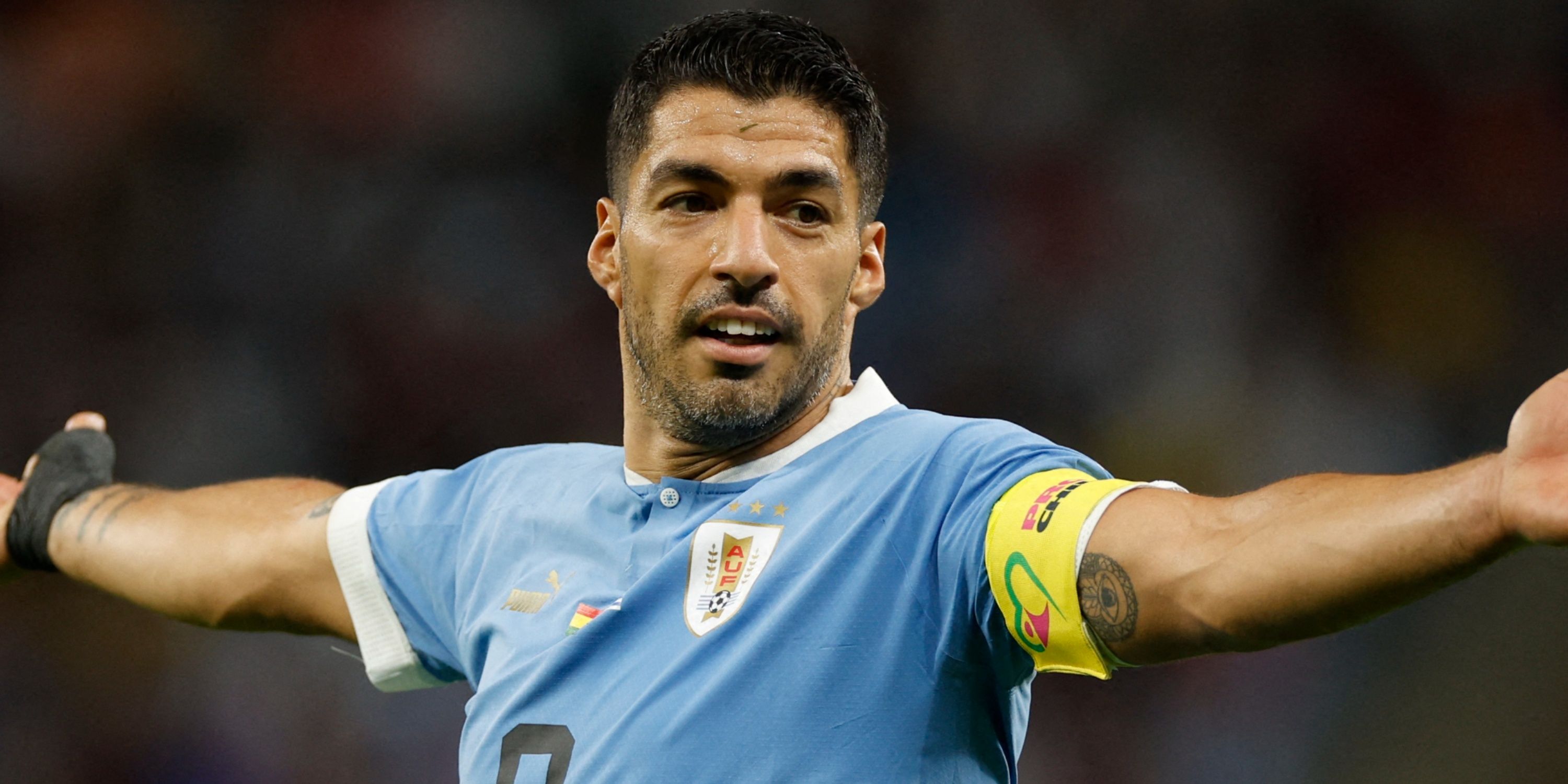
Adore him or scorn him, Luis Suarez is made for the biggest stage, with his right foot containing as much magic as it does power.
Suarez exploded onto the European stage in the Netherlands with Groningen and then, more famously, Ajax. His electric performances earned the prodigy a move to Merseyside with Liverpool, where he elevated his game to the elite level. A prestigious and prolific career in Spain followed, where he formed a third of one of football’s most iconic and beloved attacking trios at Barcelona, before taking Atletico Madrid to the La Liga title.
Former Liverpool teammate, Steven Gerrard on Suarez: "He scores goals. He creates goals. He's hard and horrible to play against. You've got a chance of beating anyone in the world with Luis Suárez in your team."
Brief spells in South America followed, first with his boyhood National, and then Gremio, before reuniting with his old pal Lionel Messi at Inter Miami. For Uruguay, El Pistolero (The Gunman) lifted the Copa America in 2011, and was named Player of the Tournament, and in 2013, he surpassed Forlan to become his nation's record goalscorer.
1 Juan Alberto Schiaffino
Career span: 1943-1962
Just pipping Suarez to first is legendary playmaker, and Uruguay's greatest-ever player, Juan Alberto Schiaffino. Scorer of La Celeste's equaliser in the infamous 1950 World Cup final, Schiaffino was also a key driving force in Uruguay’s impressive run in the 1954 edition.
Starting out as a willowy inside-forward, Schiaffino came through the ranks at Penarol, first appearing for the first team 1943. Schiaffino stayed with his boyhood side for eleven years winning the Uruguayan Primera Division on three occasions before being the subject of a then-world record fee of 52 million Lire (the equivalent of nearly £2.5m today) to AC Milan.
At Milan, having evolved into one of the first great deep-lying playmakers, Schiaffino lined up alongside iconic players such as Nils Leidholm, Lorenzo Buffon and Cesare Maldini, winning three Italian championships, as well as reaching the 1958 European Cup final, narrowly losing out to Real Madrid after extra time.




